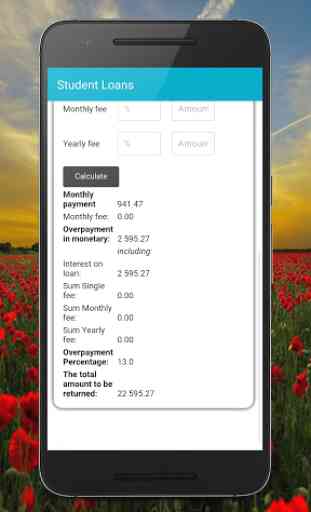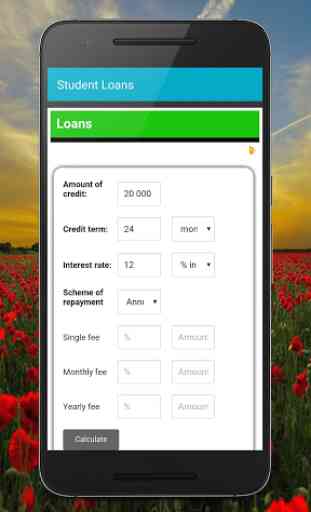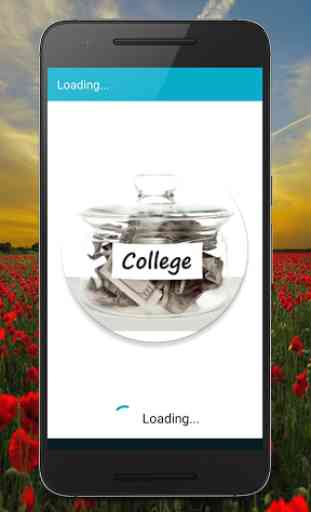Student Loans
The cost of college can vary widely depending on where you choose to enroll, and there are many ways to lower the costs even more. By planning ahead of time, you can save on the cost of higher education long before you're ready to enroll.After you have explored finding free money (scholarships and grants), now is the time you may need to apply for student loans to help pay for college. This falls into step 2: explore federal student loans and step 3: fill any remaining gap with a responsible private student loan.Federal student loans are provided by the government while private student loans are provided by banks and other financial institutions. Private student loans generally fall into two categories: one where the student is the primary borrower (often with a creditworthy cosigner), and one where a parent (or creditworthy individual such as a guardian or spouse) is the primary borrower. In both federal and private student loan cases, you'll have to pay back the money you borrow plus interest.
Understanding student loansWhen you’re just starting out, a student loan may be your first major financial agreement. Do your research, read the disclosures, and know your options. Many loans have repayment options and benefits such as interest-only payments while in school, fixed payments, deferments, and much more. Reading and understanding student loan paperwork, commonly referred to as disclosures, can help you fully understand the terms and conditions of the loan.Before you sign on the dotted line to accept a student loan, keep in mind that regardless of whether you actually graduate from school or not, student loans must be paid back with interest. Successful repayment of your student loans can be the foundation for a strong credit history and a very bright financial future.After you've explored scholarships, grants, work-study, and federal loans, if you still have a funding gap, consider a private student loan from a bank or private lender. A student (usually with a cosigner), parent, or creditworthy individual (such as relatives, a guardian, or a spouse) can take out and pay for a private student loan. It’s important to compare private loans to find the best fit for your needs.Tips for choosing a private student loan:
Compare rates and terms. Loans differ, so read all of the materials and disclosures. Make sure you understand the terms, interest rates, fees, and repayment options on each of the loans you are considering. Your school’s financial aid office can help you get started.
Consider a cosigner. Loans (and their interest rates) are based on your creditworthiness and your ability to pay. Most high school graduates haven’t had a chance to build a credit history. If a parent or other creditworthy individual cosigns the loan with you, it may give you a better chance of approval.
Ask for advice. Ask your parent or guardian, your guidance counselor, or anyone else you trust to learn more about the process of taking out loans to pay for college.
Understanding student loansWhen you’re just starting out, a student loan may be your first major financial agreement. Do your research, read the disclosures, and know your options. Many loans have repayment options and benefits such as interest-only payments while in school, fixed payments, deferments, and much more. Reading and understanding student loan paperwork, commonly referred to as disclosures, can help you fully understand the terms and conditions of the loan.Before you sign on the dotted line to accept a student loan, keep in mind that regardless of whether you actually graduate from school or not, student loans must be paid back with interest. Successful repayment of your student loans can be the foundation for a strong credit history and a very bright financial future.After you've explored scholarships, grants, work-study, and federal loans, if you still have a funding gap, consider a private student loan from a bank or private lender. A student (usually with a cosigner), parent, or creditworthy individual (such as relatives, a guardian, or a spouse) can take out and pay for a private student loan. It’s important to compare private loans to find the best fit for your needs.Tips for choosing a private student loan:
Compare rates and terms. Loans differ, so read all of the materials and disclosures. Make sure you understand the terms, interest rates, fees, and repayment options on each of the loans you are considering. Your school’s financial aid office can help you get started.
Consider a cosigner. Loans (and their interest rates) are based on your creditworthiness and your ability to pay. Most high school graduates haven’t had a chance to build a credit history. If a parent or other creditworthy individual cosigns the loan with you, it may give you a better chance of approval.
Ask for advice. Ask your parent or guardian, your guidance counselor, or anyone else you trust to learn more about the process of taking out loans to pay for college.
Category : Education

Related searches
Reviews (15)
Kes. I.
Jun 19, 2017
Worst app i have ever seen
Ian. G.
Mar 10, 2017
Useless app,not gettin wat i thot i was downloading
dia. n.
Mar 3, 2017
What is it loading.. time waster
Far. A. K.
Jun 24, 2017
Totally waste of data... ......... Beware
Leb. F.
Feb 13, 2018
Stupid app ever seen
A. G. u.
Nov 12, 2017
This is a useless app
Bos. M.
Mar 30, 2017
Rubbish Waste of bundles
A. G. u.
Oct 21, 2017
I have not seen it all but from the look of things it seems great
Vit. B.
Feb 16, 2017
Its an app that does nothing except loading...
MAR. O.
May 24, 2017
Its nice app!
Ada. A.
Dec 13, 2017
It's Nice apps
A. G. u.
Sep 30, 2017
I think nothing about you
AND. S.
Oct 7, 2017
best
Car. B.
Jul 16, 2017
Its owesome





It's showing loading, loading and only loading.